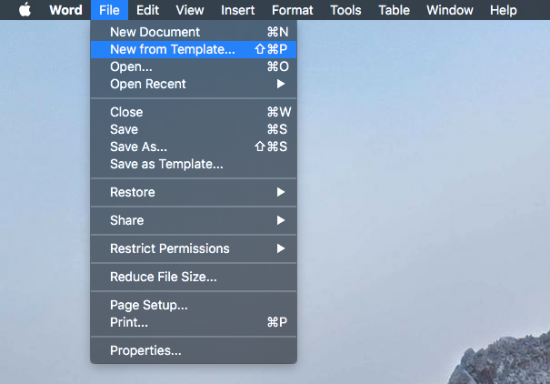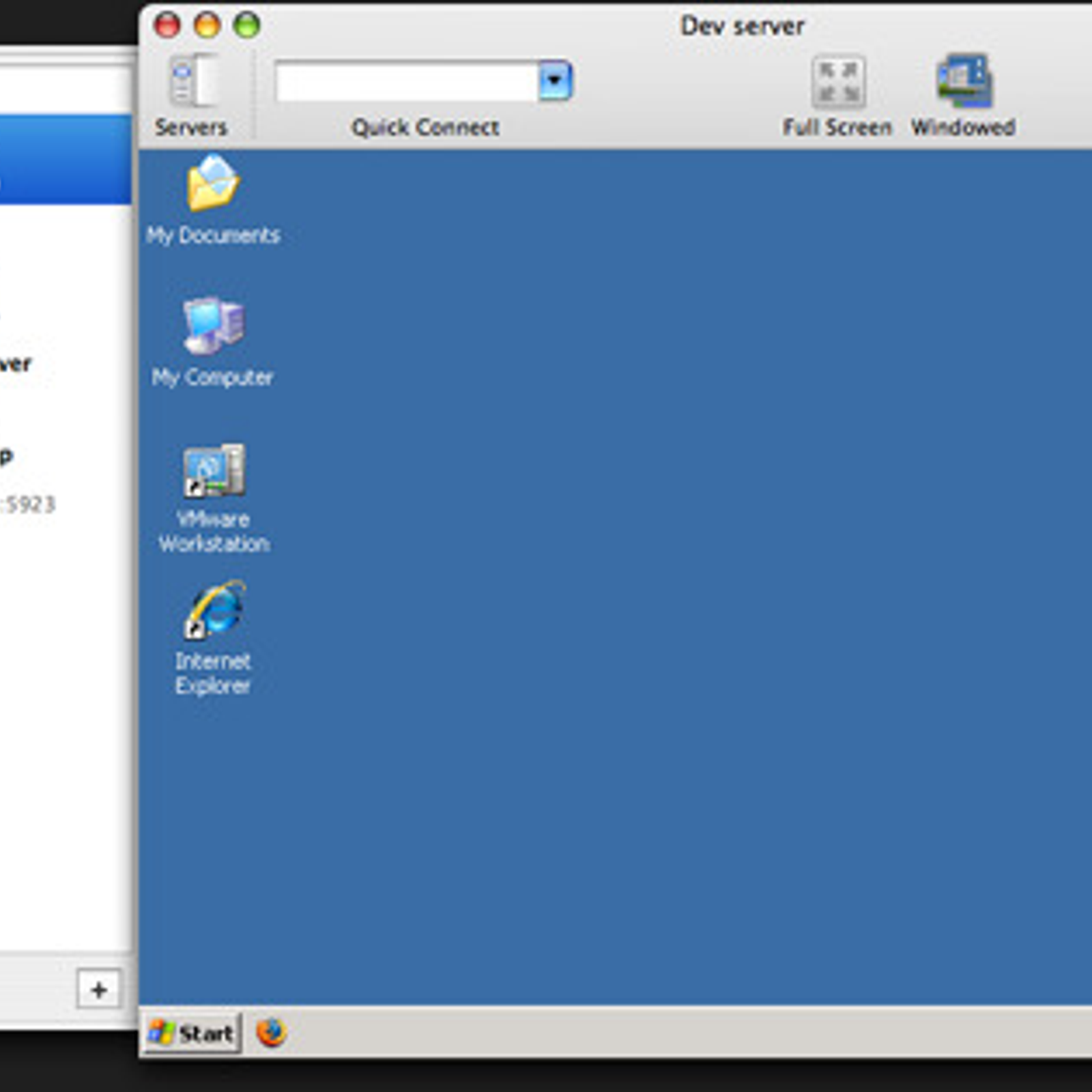Jraserver-44989 Copied Content From Microsoft Word For Mac
Microsoft Office has extensive AutoSave and Auto Recovery options that allow you to rescue your work in the event that it is lost due to a power failure, system crash or plain human error. However many people don't know how to use these features or that they even exist. Even if you don't have these features enabled, you can sometimes recover data from the various temporary files that are created by Office while you are working on the document. Microsoft have changed the way AutoSave and Auto Recover works in different versions of Office. Therefore you may want to experiment before you rely on this information. Finding the Temporary Files When a new file is started a temporary file is created. This can be either in the windows temp directory, in 'C: Documents and Settings Application Data Microsoft'.
If the file is stored on a network drive then it will be temporarily created there. This temporary file will have a few different letters after the tilde (or squiggly line ' '). These are good ones to look for to find some lost info. There are others, but these are the ones most likely to contain data that can be recovered.
Finding and using the temporary and auto save files The default auto save time for word documents is 10 minutes. You can control this time in Options under the 'Save' tab. The auto save files are placed in one of the following two locations, which is where you should look to recover the data. 'C: Documents and Settings Application Data Microsoft Word'. 'C: Documents and Settings Local Settings Temp' On Windows 7 and Vista, the locations will be.
'C: Users AppData Local Microsoft Word'. 'C: Users AppData Local Temp' If you are looking for files used by word, then the following file types should be looked for, where 'xxxx' is a number. A word document file will look like wrdxxxx.tmp.
A temp document file will look like wrfxxxx.tmp. An auto recovery file will look like wraxxxx.tmp.

Brother fax 4100 driver for mac. An auto recovery file that is complete will have the extension of.wbk. When you have found a file that looks like it might contain data, you may want to open it in notepad instead of trying to get Word to reassemble it.
The easiest way to do this is to open Notepad from the start menu then drag and drop the file in to it. The file will then be opened so that you can view the contents.
If the document was open when the system failed (power failure or crash) then you could try just opening Word again (not the document, just Word itself from the start menu). Word will then try to recover the lost document. Office 2010 and Higher In Office 2010 and higher, you have an additional option, built in to the product, called Recover Unsaved Documents. Click on File tab in the upper left corner. Choose Recent.
In the bottom left corner is Recover Unsaved Documents The Saved Drafts folder will open. Find your file and double click on it to open. Then save the file.

These files can also be found in the following locations: Windows 8/Windows 7/Windows Vista C: Users AppData Local Microsoft Office UnsavedFiles Windows XP C: Documents and Settings Local Settings Application Data Microsoft Office UnsavedFiles Other Useful Information If you have been working on a file for hours and the document was created via copying and pasting or at one point had cut the entire page or document to paste some place and then placed something else on the clip board, the data may not have been lost. This is because when any info is copied it is sent to a temp file with the name wrlxxxx.tmp. Therefore you could search your system for files of this name and then use the same 'Drag and Drop' technique to view the data in Notepad to recover the data. Another interesting thing to note is that when a change is made to a document that requires a temp file to be created, when you press the save button all the temp files are merged together into one file and the file is renamed to what you called it.
The original document that you created is then deleted. Further Information Microsoft Knowledge Base Description of how Word creates temporary files How to recover a lost file in Word 2007 or in Word 2003 How to recover a lost Word document Automatically save and recover Office 2007 files Automatically save and recover Office 2011 MAC files. Last Page Update: Copyright Sembee Ltd. Reproduction of any content on this web site is prohibited without express written consent. Use of this web site is subject to our.
All trademarks and registered trademarks are property of their respective owners. This site is not endorsed or recommended by any company or organisation mentioned within and is to provide guidance only and as such we cannot be held responsible for any consequences of following the advice given. Is registered in England and Wales at 1 Carnegie Road, Newbury, Berkshire, RG14 5DJ. Registered company number: 4704428. VAT Number GB 904 5603 43.
Jraserver-44989 Copied Content From Microsoft Word For Mac Pro
Version: Word 14.0.6129.5000 32 bit OS: Win 7 Hi - We receive tons of word-documents to our newspaper, and many of these are copied and pasted into incopy. Some of the editors also use track changes in word heavily. The ordinary ctrl+a ctrl+c ctrl-v copies track-changes-info.
(This also apply if we copy to notepad etc.) Is there an easy way to copy just the text without all the track chages-info, just the final text? This is a big problem for us, and I haven't found a quick and easy solution on the web. Regards - Johannes (Sorry for bad english). Hi Hans, I just retested this Copy/Paste of Tracked Changes and Comments under Word 2011 for the Mac and Word 2010 for the PC. The results vary.
Jraserver-44989 Copied Content From Microsoft Word For Mac Download
Regarding the PC with 2010 version. Regardless of the Show Tracking settings in the Source document, the tracked changes DO NOT transfer from the source Word document to the destination Word document. Regardless of the Show Tracking setting in the Source document, comments ALWAYS carry over into the destination Word document. In all cases, source document tracked changes ALWAYS transfer to Note documents. Paste Unformatted DOES NOT eliminate the tracked changes and comments when pasting to a Word destination document Regarding Word 2011 on the Mac. Regardless of the Show Tracking settings in the source document, the tracked changes DO NOT transfer from the source Word document to the destination Word document.

Regardless of the Show Tracking setting in the Source document, comments ALWAYS carry over to the destination Word document. In all cases, source document tracked changes DO NOT transfer to Text (txt) documents. Paste Unformatted ALWAYS eliminates the tracked changes and comments when pasted into the destination Word document.
On both versions the default settings for Smart Copy/Paste and Cut, Copy, Paste we in effect. All test files where xml formats.
(docx) Kind Regards, Rich.